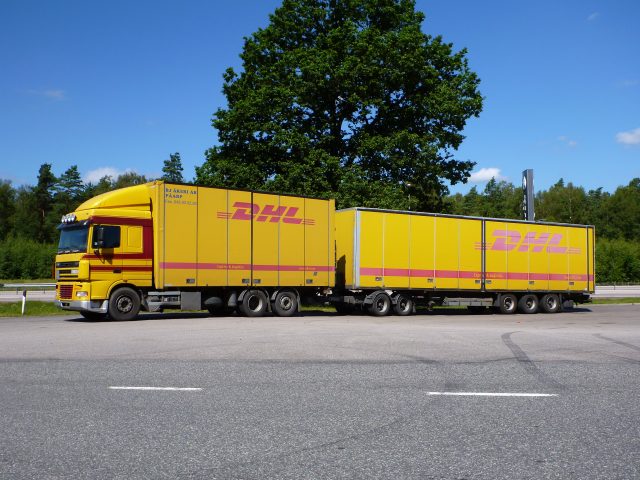Reducing Serious Injuries on European Roads (PIN Flash 48)
Every day, all over Europe, people fall off bikes or trip on pavements and injure themselves.
While these incidents do not usually end in tragedy, the short-term effects can be extremely burdensome. Broken bones can require multiple x-rays, visits to specialist doctors, plaster casts, physiotherapy sessions, as well the supply and fitting of equipment such as boots and crutches. Days and weeks of work time are lost. Family and friends are needed to pick up the pieces. In a significant number of cases, the injury causes lifelong disability.
But these events often don’t appear in national road safety statistics. Nor are the locations of crashes reported to the authority responsible for that section of road. It’s as if they never officially happened.
Road injuries of all levels of severity often go unreported, particularly those involving a pedestrian or cyclist and no other vehicle, for the simple reason that the police are not called to the scene, and they are usually the authority responsible for recording the injuries and deaths that occur in road collisions. This approach is fundamentally flawed and leads to a misleading picture of the full burden of road injuries on individuals, societies and our economies.
According to the available official data, more than a million people are injured on the roads each year. Many injuries are serious with lifelong impacts on individuals, families and working lives. The true number is likely to be much higher. This report focuses on this often-overlooked aspect of road safety.
Progress is being made to get more accurate data on serious injuries. The European Union has developed a standard way of defining road injury severity. Work is being done in many countries to link hospital records, insurance data and police records, to get a fuller picture of what is happening. But there is still a long way to go. It is not even possible to compare data from different countries due to the range of different definitions, data collection procedures and reporting rates.
This report gives an overview of the current facts on serious injuries in the PIN countries, as well as describing the state of the art in data collection.
Importantly it also looks at the countermeasures that are available to prevent injuries from occurring in the first place following the established model of the Safe System approach.
In a few years, it should be possible for road injuries of all kinds to be recorded properly so local, national and international policymakers are better equipped to assign resources to reduce these harms in the most effective way possible.
Leaving thousands of injuries unaccounted for is a disservice to the millions affected by road collisions every year in Europe and leaves policymakers in the dark about the true scale of the problem because when injury collisions occur and are not reported they do not appear in police reports or national databases. This gap in the data for those locations or types of collisions means that interventions are less likely because the full picture of the causes is lacking.








